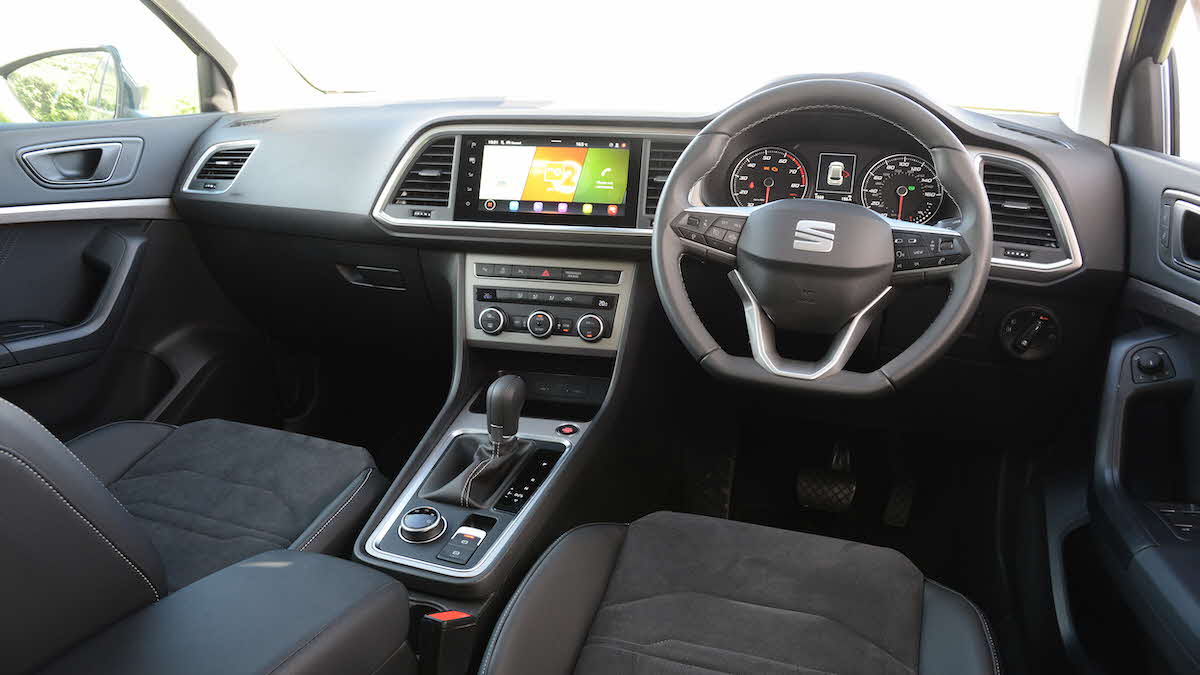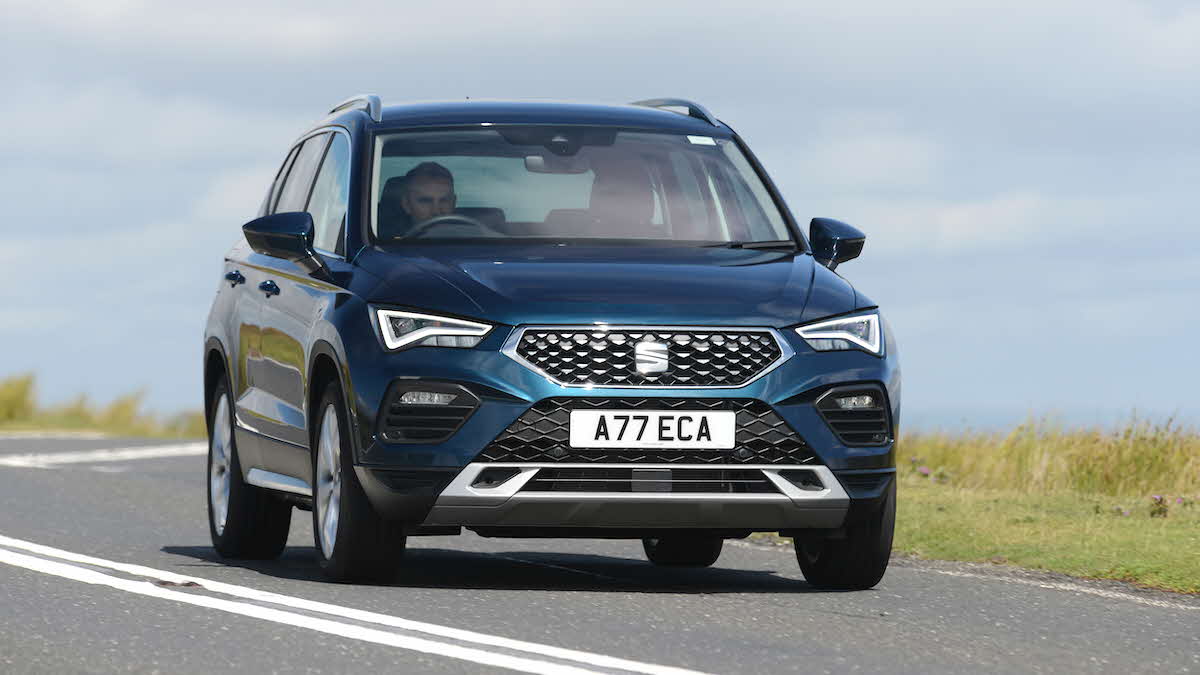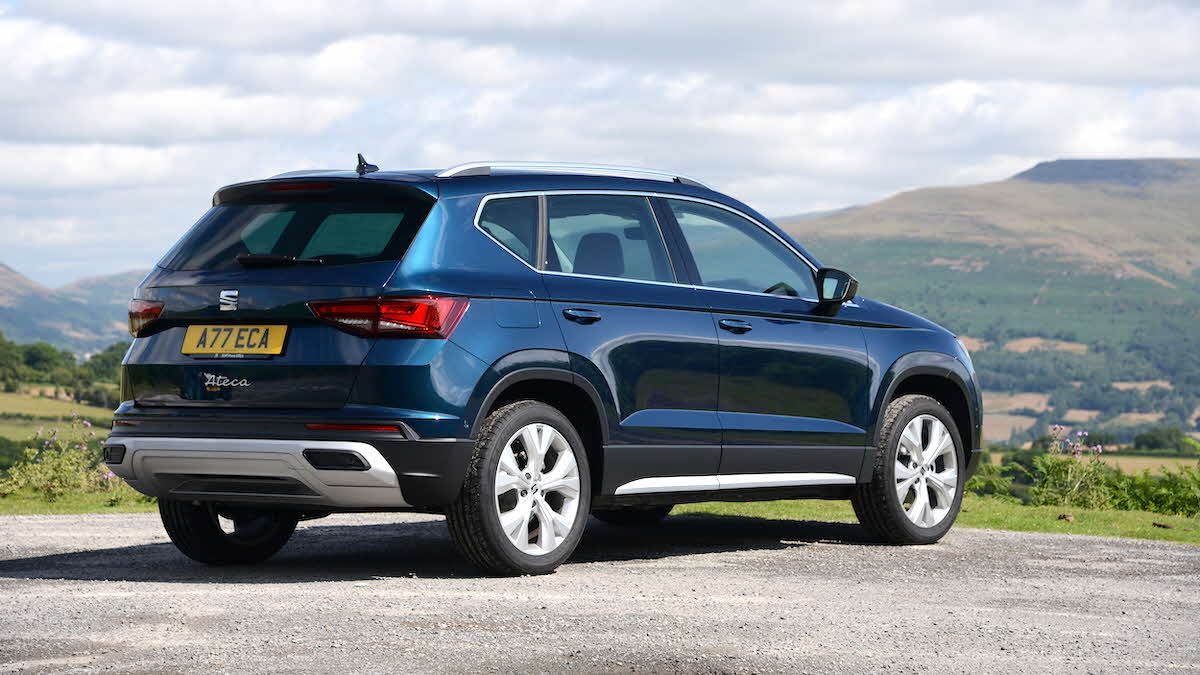New and used
Browse for bargains from thousands of new and used vehicles for sale, or sell your caravan, motorhome, towcar or accessories.
Buy and sell nowJames Batchelor tests a popular family SUV to see how it stands up against more modern rivals
SEAT was a little late to the family SUV party when it launched its Ateca in 2016. The popular sector was, at that time, dominated by the likes of the Nissan Qashqai, Kia Sportage and Ford Kuga; it was hard to see how it would make its presence felt. But the naysayers were proved wrong as the high-riding SEAT attracted leagues of happy buyers.
The Spanish brand gave this money-making motor a light update in 2020, and I was keen to see whether or not this once bright star had started to diminish.

The Ateca has always been fun to drive, and the fact that it looked rather smart thanks to styling borrowed from the SEAT Leon hatchback was just a bonus. Four years on from its launch, SEAT freshened up the Ateca, but bearing in mind the car’s obvious appeal the update wasn’t too radical. The grille was tweaked; so too were the head- and tail lights (there are ‘scrolling indicators’ on some trim levels); the bumpers were changed to create a more muscular look; and a new Ateca badge featured a handwritten-style.
There are even fewer changes on the inside. Save for a new steering wheel, a 10.3in customisable screen in front of the driver (on some versions), new software for the infotainment system and some new pieces of trim, the interior is identical to before. That means plenty of materials with a feeling of quality in the places you see and touch most frequently, but a design that’s starting to look a little tired. That said, the SEAT’s preference for physical knobs and buttons instead of touchscreens makes life behind the wheel that bit easier in my book.
It’s very comfortable – the seating position is spot-on, with well aligned pedals, plenty of steering wheel adjustment and front seats that offer more side bolstering and support than rivals. The driver’s seat also has lumbar support and seat height adjustment as standard.
There’s a decent list of standard equipment, with even basic models getting LED head- and tail lights, 17in alloy wheels and a wireless phone charger. Our test car in Xperience trim added larger 18in alloys, a heated windscreen and a rear-view camera. The only real downside to the Ateca’s interior is the new infotainment system. It’s attractively styled with bright colours and plenty of functionality, but it’s slightly laggy, while the menus are sometimes difficult to find and rely on small icons.
While the car doesn’t offer sliding or reclining rear seats for greater comfort and flexibility, there’s plenty of rear legroom and headroom isn’t bad either. Boot space is excellent, while the rear seats split 60:40 and fold down pretty flatly.

In the driving department the Ateca still feels fresh. One of the main reasons for this is the suspension – SEAT’s engineers have given the Ateca a firmer feel than its sister cars, and indeed, most rival family SUVs. It can be surprisingly fun on a country road, with the stiff suspension giving very little body roll. Well-weighted and direct steering add to the feeling that the Ateca is way more enthusiastic to drive than a family SUV needs to be.
The trade-off for sporty handling can be ride comfort. Despite our car having 18in alloys – which are comparatively small these days – the ride is on the firm side, which may lead to passengers, particularly in the back, complaining a little. SEAT has tweaked the engine range but, unlike some rival manufacturers, still offers diesel power. The 1.6-litre unit in the previous Ateca has been replaced by the perennial Volkswagen Group 2.0-litre TDI in 113bhp and 148bhp guises – the latter coming with the choice of four-wheel drive. For petrol power there’s a 108bhp 1.0-litre and a 187bhp 2.0-litre (which only comes with four-wheel drive), but our car – and our pick of the petrols – was the 148bhp 1.5.
The 2.0-litre TDI is arguably the perfect fit for towing, but don’t dismiss this 1.5 TSI. Hitched to a Bailey Discovery D4-3 caravan, progress was strong and the combination of petrol power and an auto box resulted in a refined drive across the board – at no point in our test drive did we yearn for a diesel. I hoped the Ateca’s firm ride when driving solo would feel slightly softer when towing, but that wasn’t the case. Rougher surfaces gave a slightly bouncy ride that rippled through the outfit, but it was never uncomfortable.

While newer family SUVs offer more modern styling, fancier interiors and more tech, there’s a pleasing pragmatism to the Ateca. It isn’t the freshest of family cars, but it’s still fun to drive and offers much to like for the caravanner.